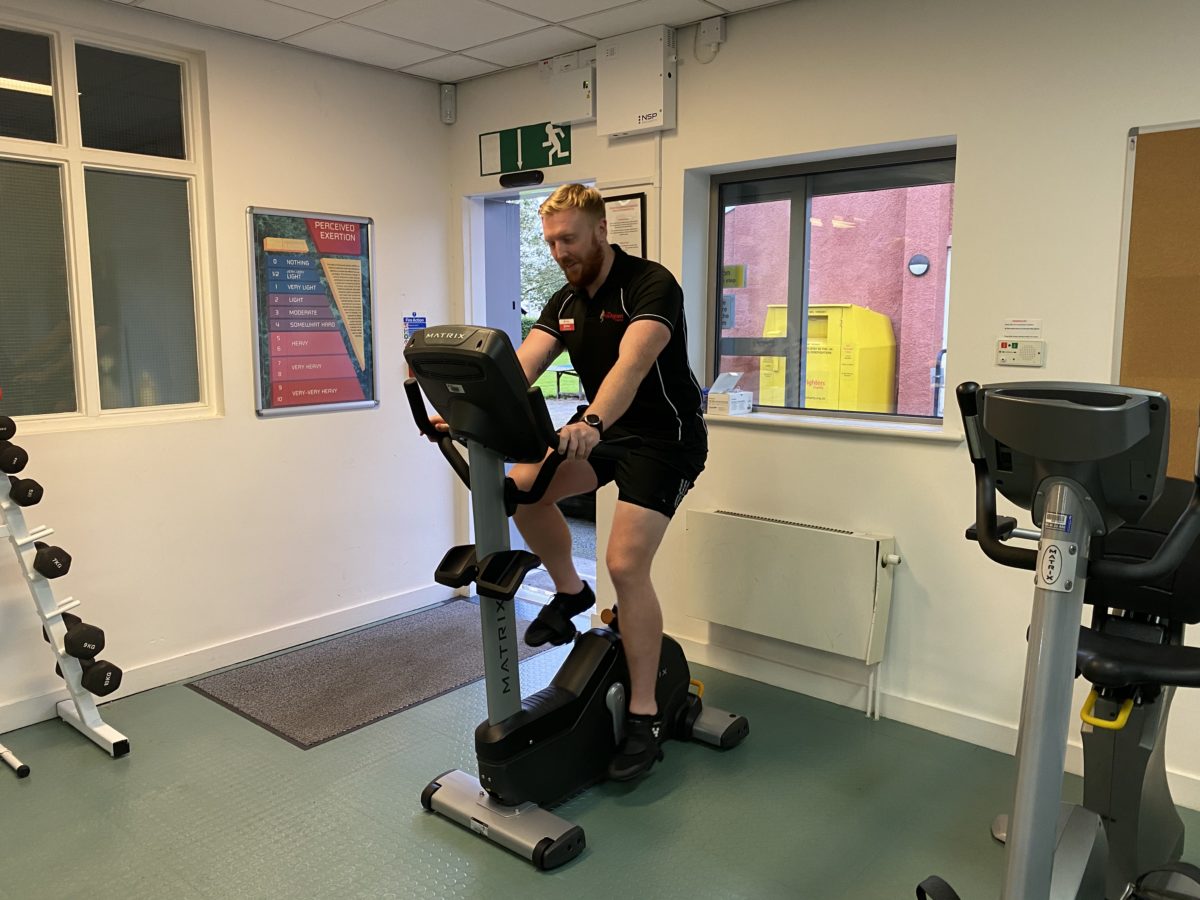We may think of arthritis as something that only affects older people, but actually there are more than 10 million people in the UK who have arthritis (or similar conditions that affect their joints) and they are of all ages, including children.
The two most common forms of arthritis are osteoarthritis and rheumatoid arthritis.
Osteoarthritis is the most frequently found in the UK, affecting nearly 9 million people, usually in the hands, spine, knees or hip where joint cartilage is broken down, resulting in pain or stiffness. It can occur at any age and usually comes as a result of an injury, although the exact cause is unknown. Despite common belief, wear and tear isn’t the problem when it comes to osteoarthritis, as constant use actually keeps cartilage healthy. Previous or existing conditions, age, family history and / or obesity can also affect it.
Meanwhile rheumatoid arthritis is a chronic autoimmune disorder, affecting more than 400,000 people, where your body can mistakenly attack cartilage, making joints stiff, swollen and painful.
When experiencing joint pain, you may think the best treatment is rest, in the hope it goes away by itself. But actually, exercise is one of the best things you can do for arthritis, as keeping joints moving promotes the release of their natural lubricant, synovial fluid. Not moving joints can make them feel even more painful or stiff. General aerobic fitness and improving muscle strength are also crucial to maintaining support for your joints.
But when you’re in pain it can be difficult to find motivation, or to know what to do to improve things, rather than make matters worse.
So the first piece of advice we can offer you is this: instead of searching for a cure or a quick fix, sometimes accepting a diagnosis is an important part of controlling your pain and its affects on your health and wellbeing. As we’ve said, it can affect any age, so it’s nothing to feel embarrassed of; it is neither an indicator that you’re “getting too old” nor is it something you can’t do something about.
Acceptance, followed by the right exercise programme, and going at the right pace for you are all fantastic tools you can employ to help you take back control.
Advice around exercise for arthritis
The right exercise programme will strengthen muscles around joints, maintain bone strength, improve your sleep, control your weight, improve your balance, and generally improve your mental health through the release of those feel-good hormones.
The NHS recommend we do at least 150 minutes of moderate aerobic activity each week, plus two days or more days that include strength exercises that work the major muscle groups. Initially this may not be possible for you, depending on your pain and activity levels, so find the right balance between exercise and rest for you and build gradually.
If you’re in any doubt about what exercises you should be doing, get advice. We can offer you a video consultation with one of our physios, who will give you a personalised programme of exercises you can complete at home.
Keep the impact low and don’t overdo things too quickly. The worst thing you could do would be to go too hard too quickly and put yourself off, or do any further damage. Build up by gradually increasing the frequency of activities, how long you’re doing them for or how hard you’re working. Know your limits and listen to your body.
Make sure you warm up and cool down appropriately, for example, with a brisk walk and stretches. Gently prepare your body and mind for exercise, increasing joint movement and blood flow before beginning your set exercises, and then cool down by repeating your warm up. Use ice packs to control swelling if needed.
Know what’s normal for your body. It’s perfectly normal to feel a bit sore after exercise, especially if you’re not used to it, and a bit of an ache afterwards is to be expected. But if you feel sudden or severe pain muscles or joints, stop immediately and seek medical advice if you need it.
If you’ve got arthritis, it’s best to avoid exercise that puts excessive strain on joints when you start out, such as running or high intensity weight training. That’s not to say you can’t build up to these in the future, but maybe try lower-impact activities such as cycling or swimming to begin with.
Whatever you choose, make sure you choose something you enjoy to better help your chances of sticking with it. If you don’t like gym environments, don’t join a gym. If you like being outdoors, do some research into safe cycle routes that explore your local area. If you like group dynamics, look into yoga or Pilates classes (many of which have gone online during the pandemic).
Physical activity doesn’t just mean exercise either. If your body is moving a moderate amount, that helps. Everyday activities such as mowing the lawn, walking the dog or a good bit of housecleaning will also help.
Arthritis doesn’t have to stop you doing what you love. So if you’d like to discuss your options, get in touch with us. Call our Support Line on 0800 389 8820 or send us an enquiry online, and we’ll see what we can do to help you move forwards positively with your life.

